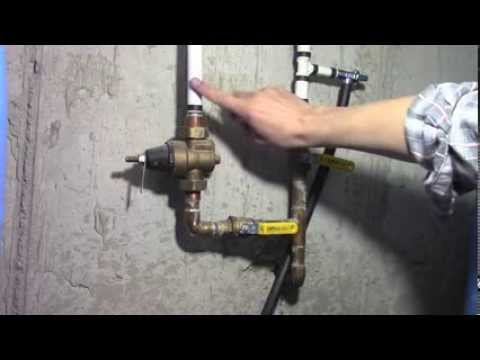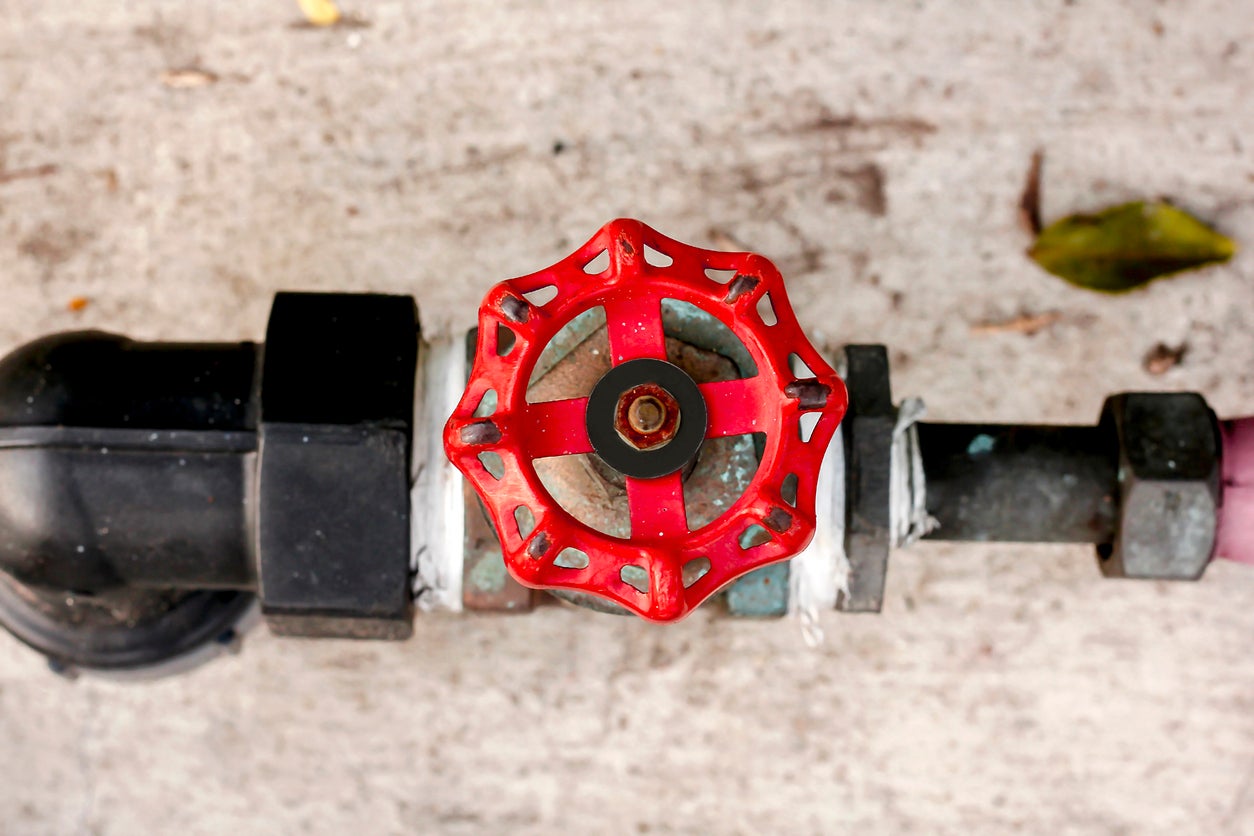Recommended Techniques for Dealing with Low Water Pressure in Your Home
Recommended Techniques for Dealing with Low Water Pressure in Your Home
Blog Article
Just how do you feel about Low Water Pressure in the House??

Low tide pressure in your home can be an aggravating problem, impacting every little thing from bathing to cleaning recipes. If you're experiencing weak water flow, there are numerous possible reasons and remedies to discover. In this guide, we'll discuss typical reasons for low water stress and functional steps to resolve the problem efficiently.
Introduction to Low Tide Pressure
Low tide pressure happens when the circulation of water from your faucets, showers, and other fixtures is weak than usual. This can make everyday tasks more difficult and much less reliable. Recognizing the sources of low tide stress is crucial to finding the right option.
Common Causes of Low Water Stress
Faulty Stress Regulatory Authorities
Stress regulatory authorities are responsible for maintaining regular water stress in your home. If they malfunction, it can lead to low water pressure or irregular flow throughout the house.
Local Water Issues
Often, the issue exists outside your home. Community water system problems, such as main line leaks or upkeep work, can temporarily decrease water stress in your area.
Pipe Obstructions
Over time, pipes can come to be clogged with mineral deposits, debris, or debris, restricting the circulation of water. This is a common concern in older homes with galvanized steel pipes.
Corrosion
Deterioration within pipes can bring about leaks and lowered water stress. Rust buildup can constrict water circulation, especially in maturing plumbing systems.
How to Detect Low Tide Stress
Checking Pipelines
Check noticeable pipes for indicators of leaks, deterioration, or clogs. Take note of any kind of unusual audios, such as knocking or rattling pipes, which can show concerns within the plumbing system.
Consulting with a Plumber
If you're unable to identify the source of low tide pressure, think about working with a professional plumber to perform a detailed inspection. They can identify underlying problems and advise ideal solutions.
Inspecting Faucets and Components
Start by checking the water pressure at different taps and components throughout your home. If the concern is separated to particular areas, it may indicate local troubles.
Do It Yourself Solutions to Take Care Of Low Water Stress
Flushing Hot Water Heater
Debris buildup in the water heater can limit flow and minimize effectiveness. Flushing the tank regularly aids get rid of sediment and keep ideal performance.
Examining Pressure Regulatory Authority
Ensure that the stress regulator is working properly. Readjusting or changing the regulatory authority can assist restore appropriate water stress throughout your home.
Cleaning Aerators and Showerheads
Mineral deposits can collect in aerators and showerheads, lowering water flow. Remove and clean these components on a regular basis to enhance water pressure.
Clearing Up Clogs in Piping
For small obstructions, try using a plumbing serpent or chemical drainpipe cleaner to clear obstructions in pipelines. Beware when utilizing chemicals and follow security guidelines.
When to Call a Professional Plumber
If do it yourself initiatives fail to solve the problem or if you think considerable plumbing problems, it's finest to seek assistance from a licensed plumber. They have the knowledge and devices to address complicated concerns safely and properly.
Safety Nets to Preserve Water Pressure
Setting Up a Pressure Booster
Take into consideration mounting a stress booster pump to improve water stress in areas with continually reduced circulation. This can be specifically advantageous for multi-story homes or residential or commercial properties with high-demand fixtures.
Surveillance Water Usage
Bear in mind water usage routines and prevent ill-using the plumbing system. Easy adjustments, such as staggering showers and washing lots, can assist maintain appropriate water stress.
Normal Maintenance
Set up routine maintenance for your plumbing system to stop issues such as corrosion, leakages, and obstructions. Attending to minor issues early can assist avoid more substantial repairs later.
Verdict
Managing low tide stress can be aggravating, but identifying the underlying reasons and carrying out suitable services can restore optimal circulation throughout your home. Whether it's cleansing aerators, examining pipes, or seeking advice from a plumber, taking proactive steps can make sure a constant supply of water for your everyday requirements.
How to Fix Low Water Pressure In Your Home
Municipal Water Supply Issues
Scheduled maintenance, high demand, and water main breaks are all potential causes for low water pressure within a city or county’s water lines. While there’s not much you can do to personally fix a problem with your city or county’s water supply system, you can play a big role in documenting the issue and alerting those who can.
How to fix it:
Ask your neighbors if they are experiencing any issues with low water pressure. If multiple homes are affected, it’s likely related to the city’s water line. Contact the local Water Authority to see if there is any maintenance taking place that might be affecting your supply. Also let them know of your specific issues. If other homeowners report the same issues, they’ll know that there could be a larger issue to look into. Faulty Fixtures
A damaged or clogged shower head, faucet or appliance is the first thing we’d suggest checking, especially if low water pressure appears to be isolated to a specific area of your home.
How to fix it:
First, turn off the main water supply to your home. Check the affected appliances for build-up or debris. In the case of a faucet, you can simply unscrew the aerator at the tip of the faucet. Showerheads should be fully detached from the water pipe. While the appliances are detached, you may want to check the water supply to determine if the fixtures were in fact the issue. To clean, soak the showerhead or aerator in vinegar and brush off any visible debris. Reattach the fixtures and check the water pressure again. If it is still low, there is likely a deeper issue at hand, which can be determined by a professional plumber. Pipe Obstructions
Mineral deposits, rust or other debris within water pipes can lead to blockages or corrosion over time.
How to fix it:
When you think of a clog, you probably think of a drain clog. While there are many DIY solutions to clearing a drain, clogs in a water pipe will almost always require the help of a professional plumber. A plumber will be able to locate the affected pipe and clean out any debris or mineral deposit buildup. In severe cases, the pipe may need to be replaced. Your plumber might also recommend a water softening system to remove the minerals from your home’s water supply that can contribute to pipe blockages over time.
Plumbing Leak
Undetected water line leaks can divert water away from your residential pipes, reducing the water pressure in your fixtures.
How to fix it:
Check your water meter by turning off all water sources and monitoring the meter for any movement, which could be a clear indicator of a potential leak. Check all visible pipes for signs of leaking, including water stains, active dripping or damp spots around the pipe. Inspect fixtures, including faucets and showerheads, for any drips. Test the pressure but recording the pressure with the main water valve shut off. Leave off for a few hours and test again. A significant drop in pressure is a clear sign of a leak. https://kiddcoplumbing.com/plumbing-blog/how-to-fix-low-water-pressure/

Hopefully you enjoyed reading our section on Low Water Pressure in the House?. Thanks a ton for taking time to browse our piece of content. In case you appreciated our blog posting please consider to pass it around. We thank you for your readership.
This Resource Report this page